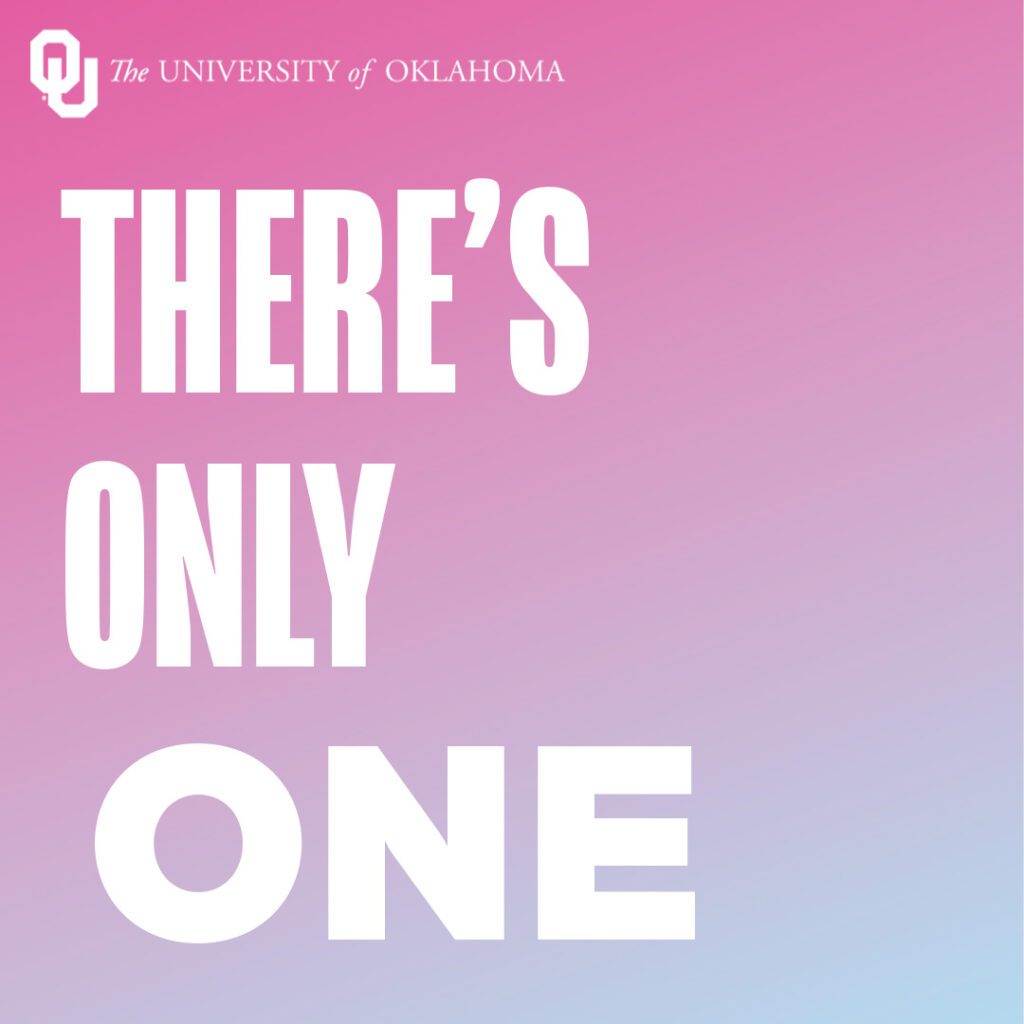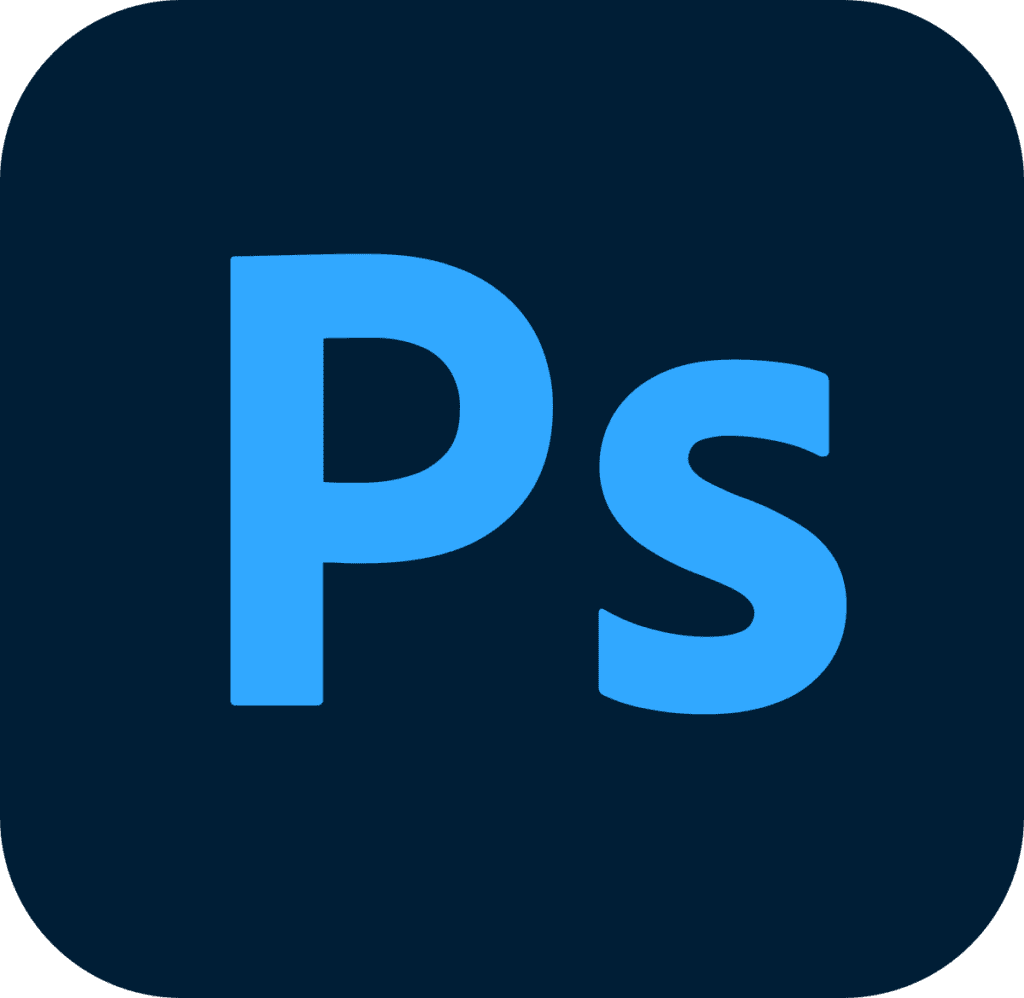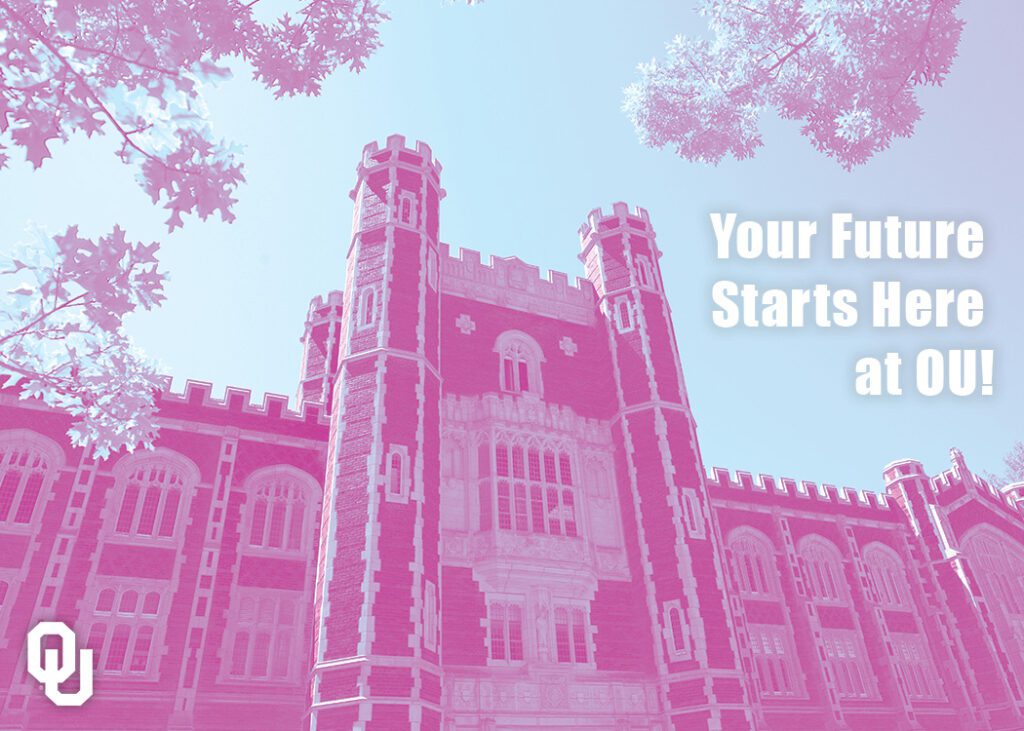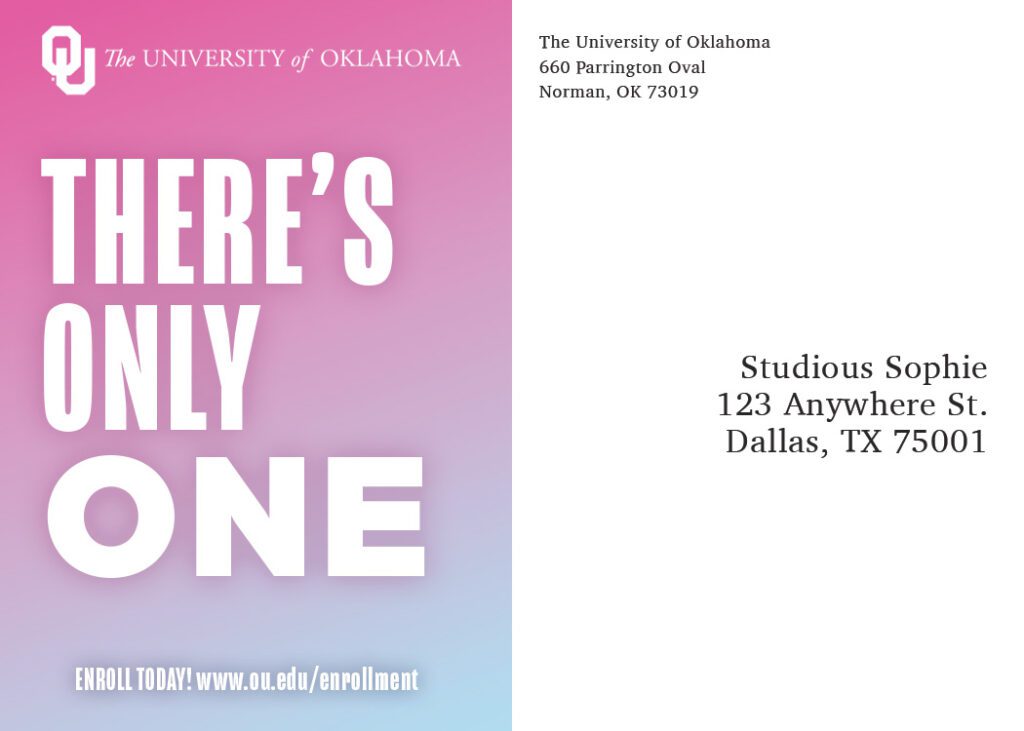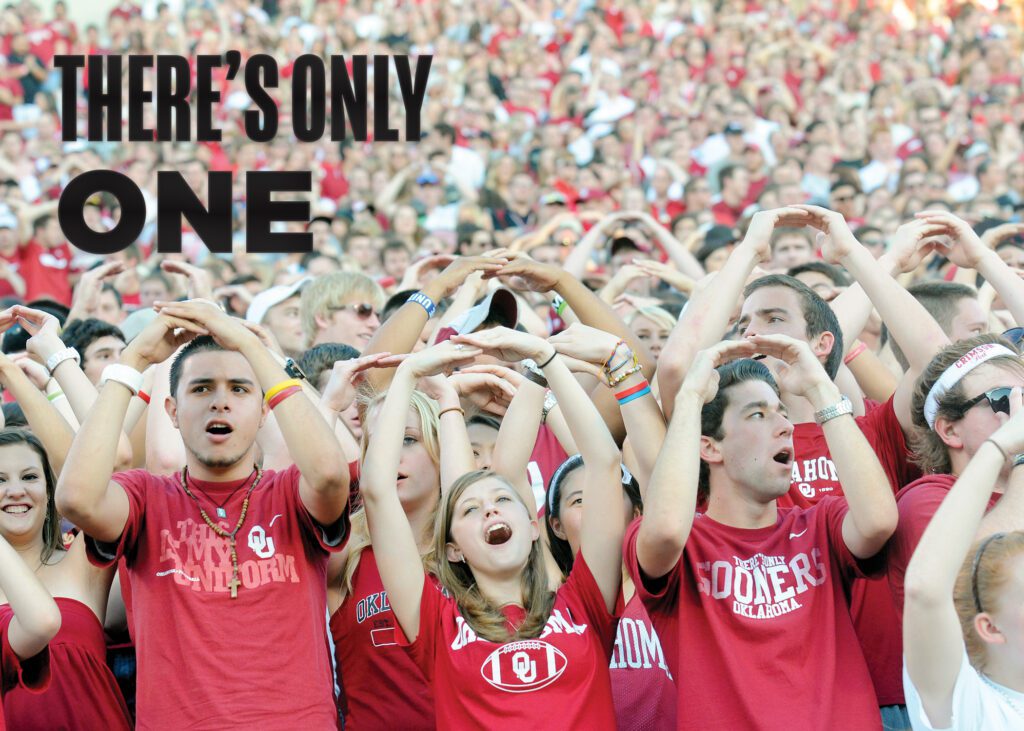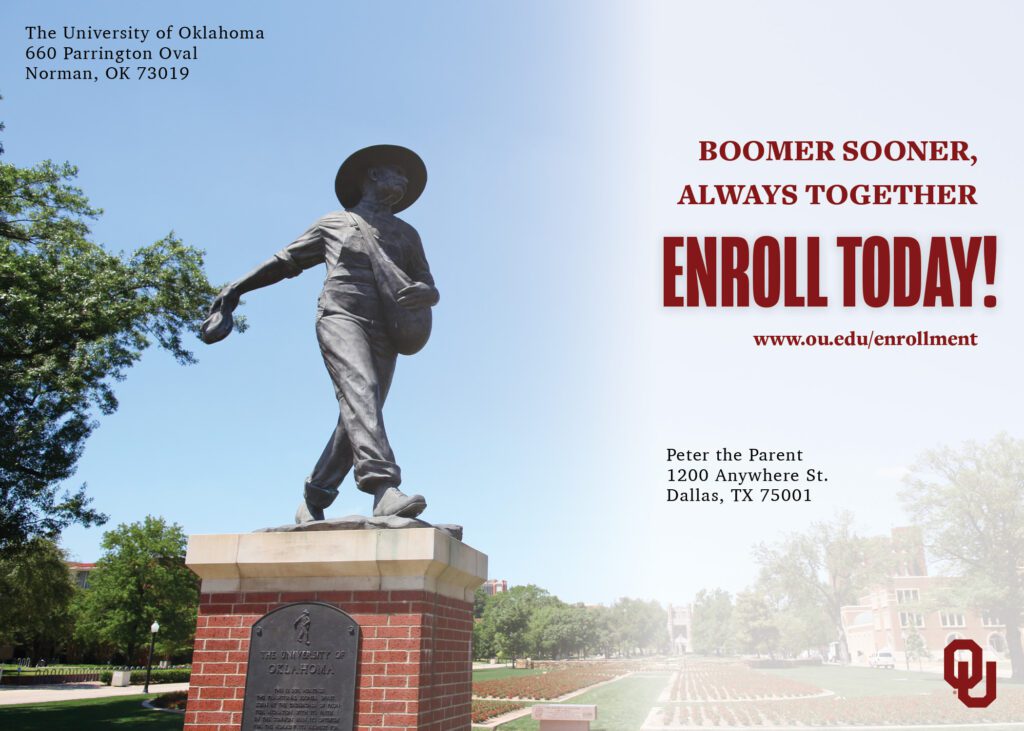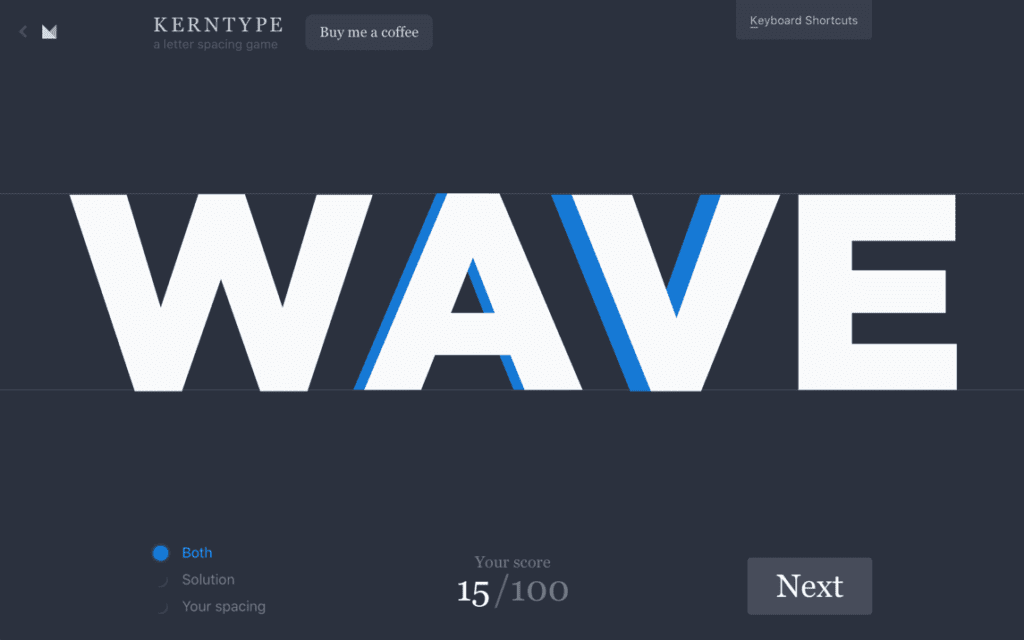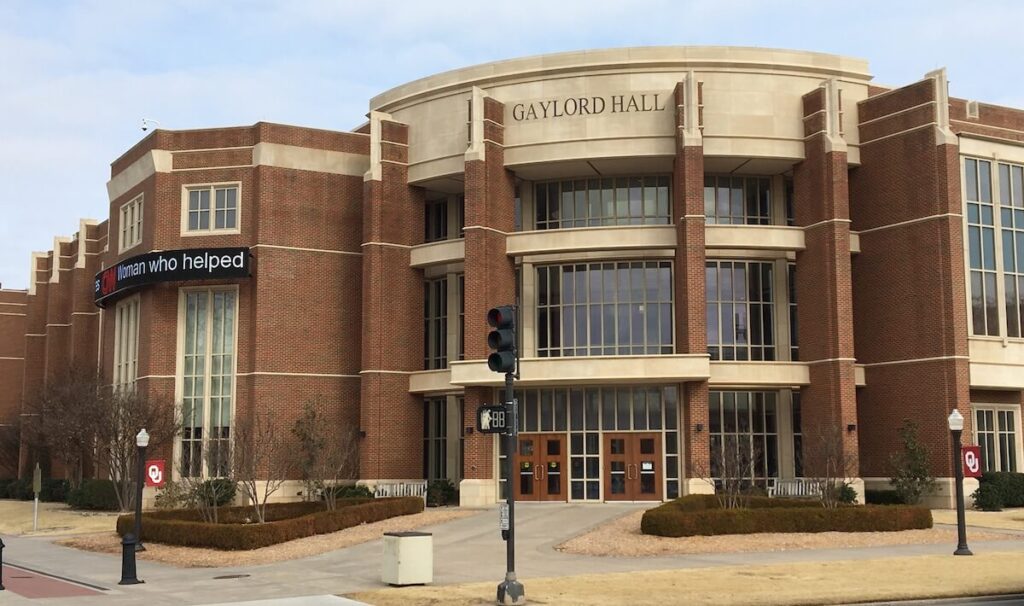As the semester comes to an end, I am reflecting how much PR Design has helped me grow and learn the ins and outs of designing for print and digital.
In my opinion, PR Design is one of the most important courses to take as a PR major because it prepares you for real-world designing on a professional level. Understanding and actually using Adobe is a project in itself, and this class taught me so much about how to use it effectively for a variety of projects.
A few hacks I learned when creating PR publications were the quick keyboard shortcuts in Adobe Indesign and Photoshop like [Command Z] to undo, [Command C] to copy, and [Command V] to paste. There were many other shortcuts I learned along with these simple ones that were helpful with quick design projects.
One of the most important elements of design is knowing your target audience and being able to identify what will resonate with them the best. I believe knowing your audience helps your design come to life and successfully reach the right people.
Our final project (and one of my favorites) was creating a Newsletter. In this project we were required to select an organization of interest to us and write a 6 page newsletter about it, with a specific target audience in mind. Using 10 articles from the OU Women’s Gymnastics Newsroom, I created a creative newsletter aimed towards perspective students admitted to OU.
My goal for this newsletter was to effectively show perspective students the legacy OU Women’s Gymnastics is making and inspire them to want to come to OU and attend the meets.
Here is what I came up with:







